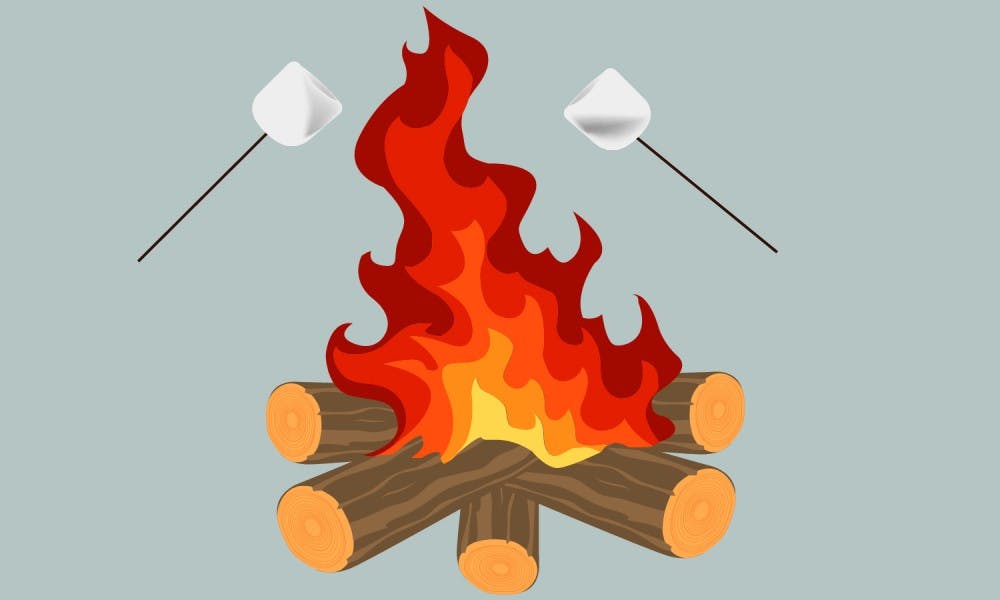Autumn and winter are the most popular seasons to gather around a bonfire with friends and family. However, roasting marshmallows can go awry quickly if the fire becomes hazardous.
School of Forestry and Wildlife Sciences Research fellow John Kush discussed the conditions that can be dangerous when starting a fire and the precautions one should take.
Kush said having a bonfire is legal in Alabama as far as he knows, but he said if the weather is too dry, and if people are going to put something up in the air, they need a permit.
Although it is not likely for a bonfire to start anything as serious as a forest fire, it is possible.
“It is always advisable to call Alabama forestry to let them know what you’re doing, just so they are aware in case something does happen,” Kush said.
Weather conditions need to be taken into consideration when planning a bonfire in order to make sure they are favorable toward keeping the fire contained.
“The biggest thing is what’s the weather been and how much wind will move sparks various distances,” Kush said.
It is notable to recognize that sparks can travel much farther during the daylight hours because of how the air is drier, and the wind is usually moving faster, which can lead to the fire spreading through flying sparks, he said.
The night air is heavier and does not typically have as much wind, which makes the night hours the ideal time for a bonfire.
Kush also advised slowly starting the fire.
“You don’t want to use too much gasoline,” he said. “You want it to start slower instead of putting a whole lot of lighter fluid.”
This can decrease the probability of sparks spreading quickly across an area if it is dry.
Kush said it’s crucial to make sure the area around your fire is safe. Dry leaves that catch on fire can quickly spread an out-of-control flame.
“First thing is have the area around it raked clean,” he said.
He said it is unlikely a regular bonfire will cause a forest fire, but people should be careful about what they put in the pit for the fire.
“A lot of times it’s the material you’re putting in that can cause problems,” Kush said. “Woody debris and leaves with an oil compound can ignite a lot hotter and send out sparks much farther.”
Besides a fire spreading, one of the more unknown hazards a bonfire can cause is excessive smoke.
“You produce a lot of smoke, and it can go over bridges and roadways, and that can be hazardous to traffic and could potentially smoke in a roadway,” he said.
That is another reason why it is important to call a local fire department just in case anything happens, Kush said. There can be authorities that know ahead of time and can respond appropriately, he added.
Problems can arise, although it does not happen often, so taking necessary precautions is keeping everyone and the area safe, especially if the bonfire takes place near the city or somewhere like Lake Martin.
“You’re not going to start a forest fire easily unless it’s really dry or you’re doing it out in the middle of the forest,” he said.
The consequences of starting a serious fire are considerable. Lawsuits and substantial fines are given to those who cause damage to property by flames.
Kush notes that because most of the area is privately owned, there is not an exact number anyone can know for what the fine will be if someone sets another person’s property on fire.
Overall, Kush said there have not been too many problems recently.
“Right now would be a bad time because of strong wind, and it’s very dry, but when the rain comes in, it will be a safer time,” he said.
Do you like this story? The Plainsman doesn't accept money from tuition or student fees, and we don't charge a subscription fee. But you can donate to support The Plainsman.





